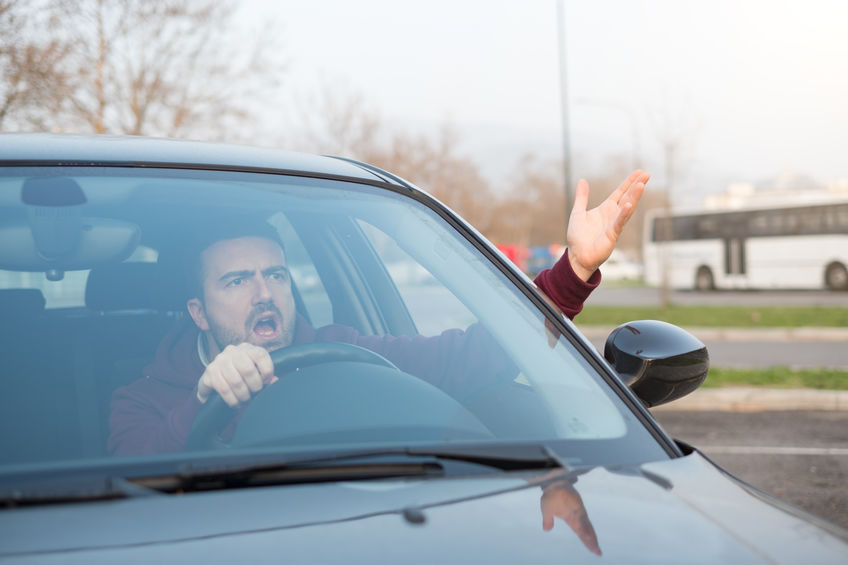Who or What Comes First?

Etiquette is an information system that depends on knowing who and what comes first. With this information, the back and forth of human interaction is put into play.
We know when we hear someone exclaim, “How rude!” that someone else has failed to meet the test of being able to wait his turn or has said or done something “out of line.”
Etiquette helps solve the information problem when the practiced social rules are observed. The answers to these questions are the “how-to’s” of etiquette:
- Who sits down first?
- How does a meal begin?
- What’s the first thing we do with our napkin?
- Who speaks first?
- Who is introduced first?
- What do we do first in preparation for a talk?
- Who goes first through a revolving door?
- Who gets off the elevator first?
- Who leaves first?
- Who walks through a door first?
- What course will be served first?
- What names go first on an invitation?
- Who is served first?
- What do I do first when meeting someone new?
- Who offers to shake a hand first?
The list goes on…
When the answers to any of the above questions aren’t known or practiced there is confusion and even discord.
First Come, First Served
The idiom, “first come, first served” is a principle that guides behavior, serves as an explanation, warning, admonition, or establishes guidelines in setting and communicating the precedent of who goes first.
At a four-way stop, the car that reaches the intersection first, gets to make the first move into the intersection. If two cars stop at the same time, the driver on the right has the right of way. Traffic violations and accidents occur most often because someone acted out of turn or did not yield appropriately.
At a store check-out station where no proper queue is set up, the customer who arrived there first is the one who checks out first. However, this customer has the option of inviting another customer to go ahead of her if, for instance, she has several items to pay for and someone else has only one or two.
The first come, first served rule requires practiced understanding in knowing who goes first and is the twin sister of turn taking. Enforcement of the rule depends on a system of cooperation between humans.
Me First!
When a child demands, “Me first!” the parent or educator finds various ways to help him
bring himself into awareness that he isn’t the only child that wants a turn going first. “That’s not fair!” or “Hey, it’s my/her/his turn!” are what his peers say to him.
When “Me first” becomes the default attitude in adults, the socially accepted rule of “Consideration of others comes first,” is turned upside down as the person behaves as if her needs are more important than someone else’s, and perhaps unknowingly she seeks to gain advantage over others. Not only is this not fair, but it’s not etiquette-ful.
What does “Me first” look like?
- In a medical facility a patient demands that he needs to be seen over other patients, because he has a really serious condition that needs to be handled now!
- With a line of cars waiting to exit off a busy freeway, a few drivers move onto the shoulder to get ahead of other cars, then cut off other drivers to move back into the exit lane.
- At a restaurant, someone skips ahead of the line and asks the host if his party could be seated first, as they have an important appointment soon and need lunch.
Putting first things first requires that an individual prioritizes, taking many factors into account, including what the etiquette of a situation calls for. Throughout life we make difficult choices in deciding the value we put on one thing or another. Perhaps if we simply find the answer to who or what comes first, life would be easier.














